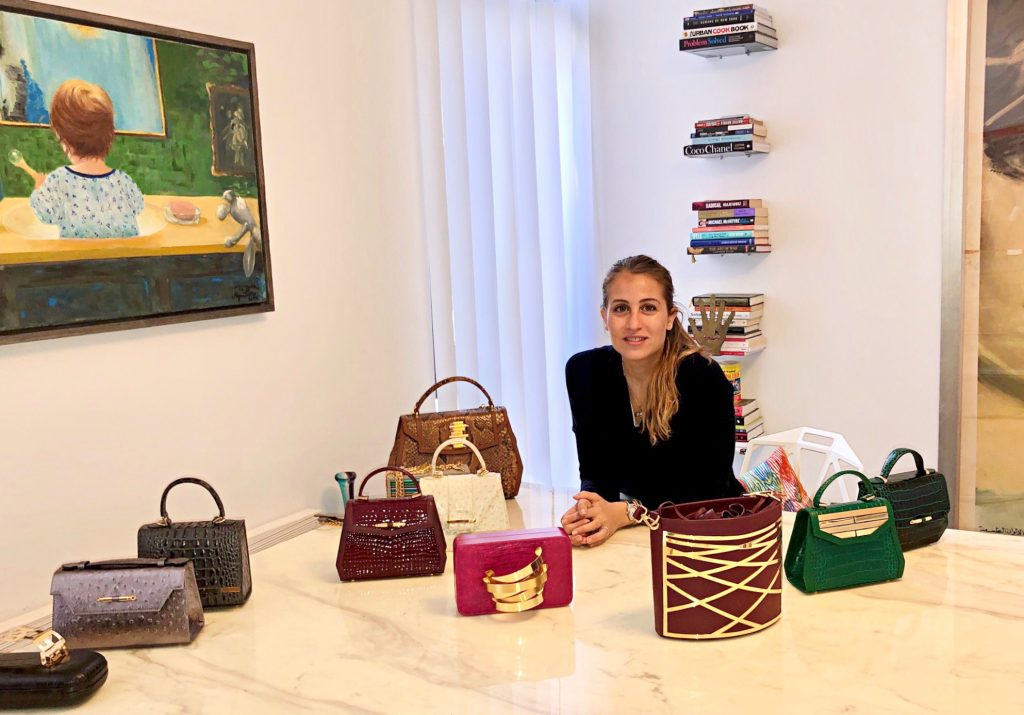
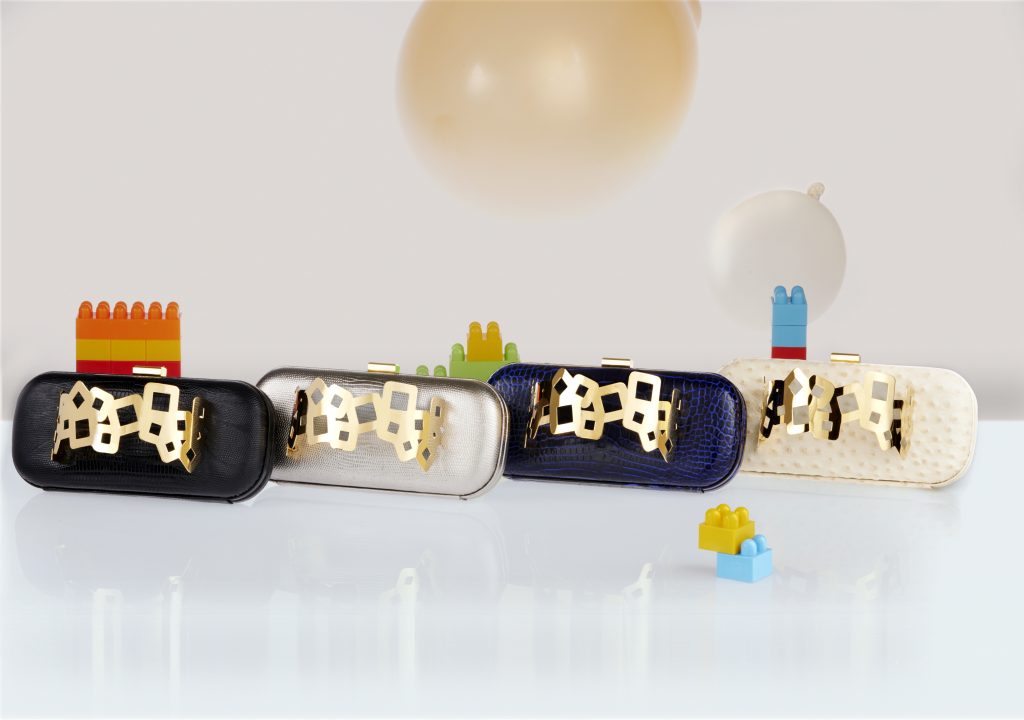
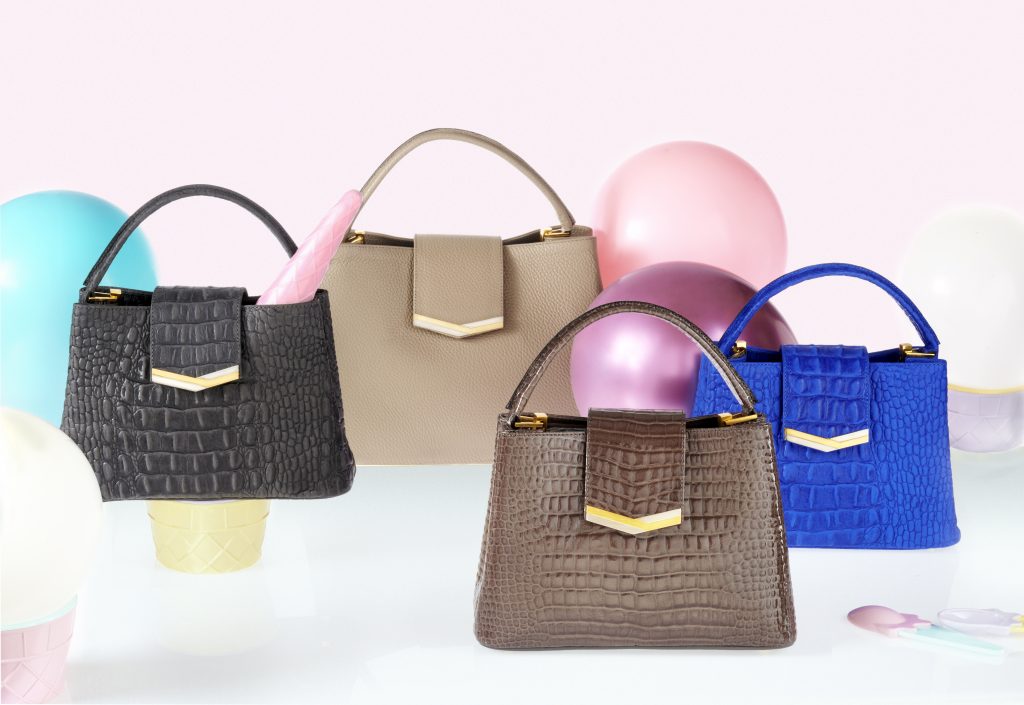
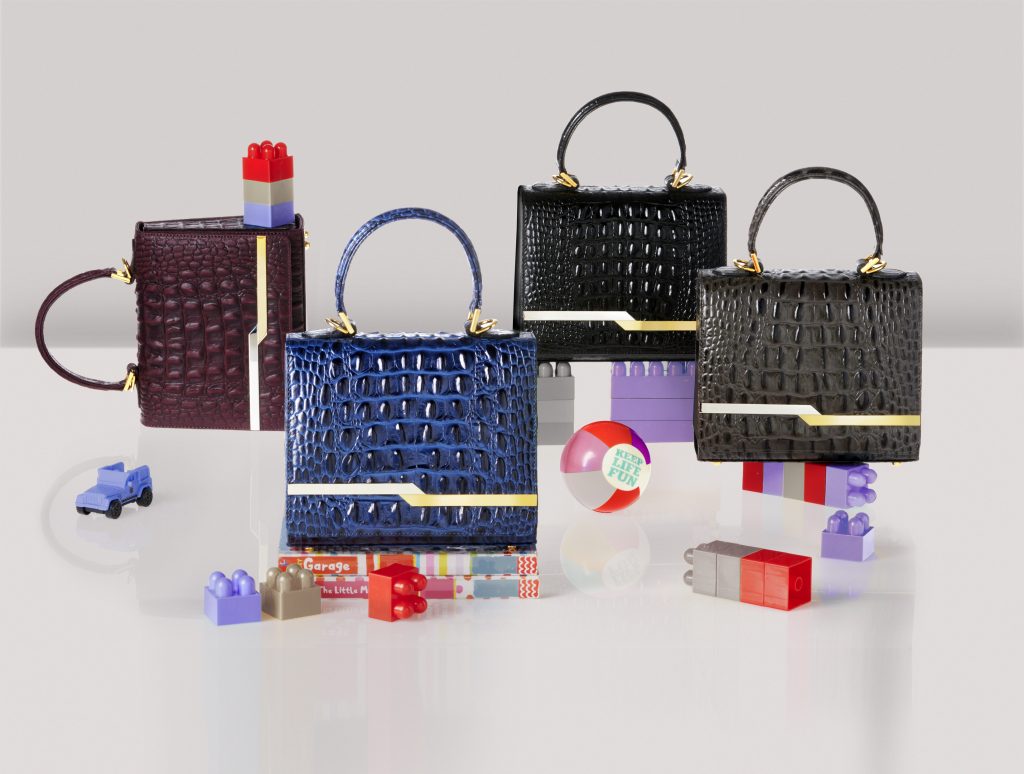




Carla Chahrour
The colorful designs of Lebanese handbag designer Roula Ghalayini have been worn by names such as Rocsi Diaz, Jo Whiley and Carmen Lilly, but there’s more to her work than just celebrity endorsements — its heart lies in true Lebanese craftsmanship.
Ghalayini’s journey to her creative profession has been anything but linear. Born in Lebanon and raised in between Cyprus, Kuwait, Canada and Dubai, the creative force behind Rula Galayini (the spelling of her brand name) entered the world of design in her home country. Her professional development started at the American University of Beirut, Lebanon, where she earned a degree in graphic design.

Designer Roula Ghalayini, the creative force behind Rula Galayini
“My degree equipped me with an appreciation for the principles of design, which are common throughout all related fields. Knowing how important it is that your design is not just based on appearance but on form and function allowed me to shed light on the basic tools and principles that distinguish great design from mediocre design,” Ghalayini said.
From there, she joined global advertising agency Leo Burnett as art director. During her time at the firm, she worked on creating corporate identities for local and international brands, while also taking a series of fashion design courses with the French fashion school Esmod.
She launched her brand Poupée Couture in 2007 because, in her words, “I wanted to represent what ‘Lebanese woman’ was. At that stage, I was on that path of self-discovery because although I was Lebanese, I had spent most of my life abroad and thus when I returned to Lebanon, I was overwrought with curiosity regarding my cultural identity.”
Inspired by her own culture, Ghalayini decided to shed light on the aspects of her culture that she found most noteworthy and to transform them into an anecdotal design for a handbag. She ventured into designing handbags specifically because she felt that it was the medium that would take her outside the limits of conventional fashion, which she felt was subjective and discriminatory.
“Handbags are among the few fashion elements that are not susceptible to the malaise arising from any sort of prejudice. They can be worn by everyone, irrespective of their age, height, waistline, or culture. Unbounded by such limitations, I felt that it was the ideal vehicle for me to express both my passion for design, as well as the message that I wanted my products to carry,” Ghalayini said.
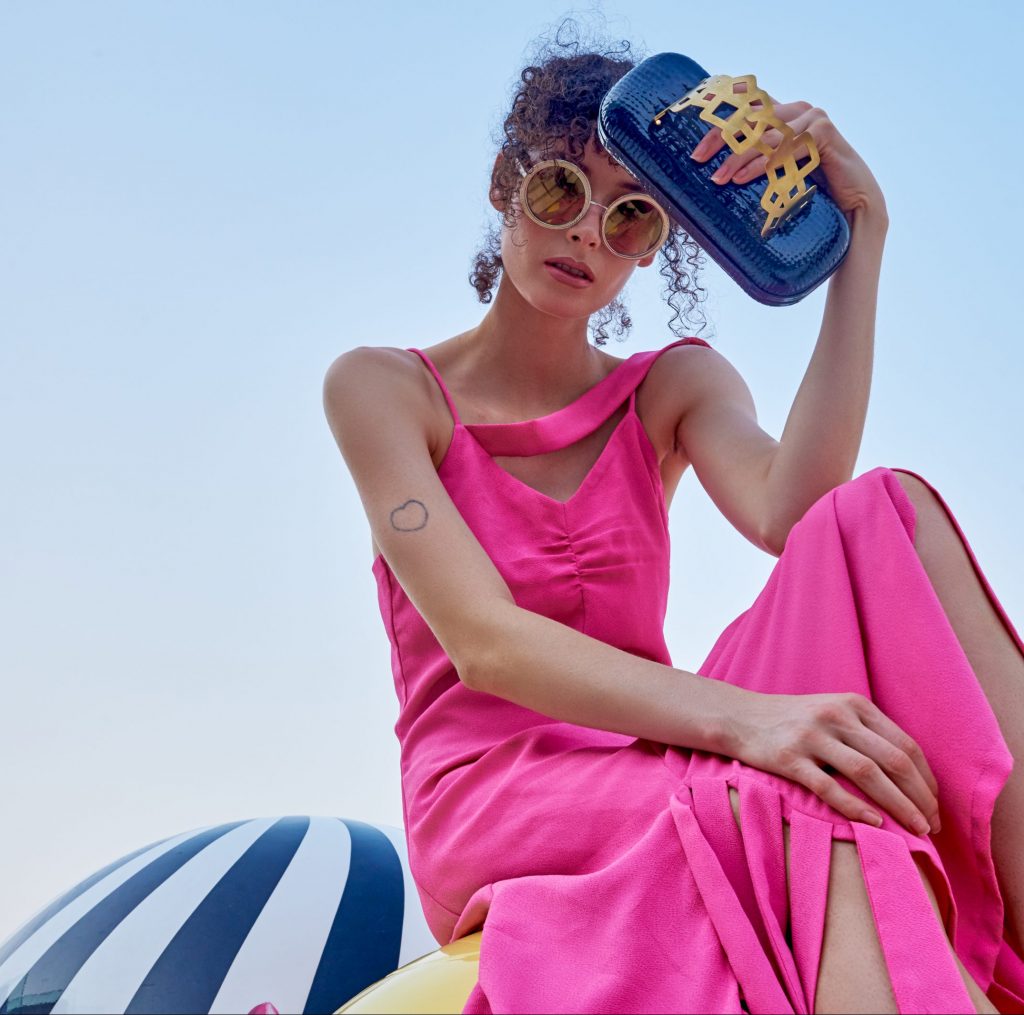
Rula Galayini SS2020 Collection. (Photo courtesy of Rula Galayini)
In 2012, in recognition of Poupée Couture’s success internationally it was featured at no. 14 in Vogue magazine’s 100 Best Bags list. This placed it among the most luxurious brands in the industry, and it was the first Arab brand to earn that recognition.
In 2015, Ghalayini decided to relaunch her handbag label under a new name, one that allowed her designs to act as representative vehicles that not only resonate with Lebanese women, but women everywhere. The label was relaunched under the name Rula Galayini.
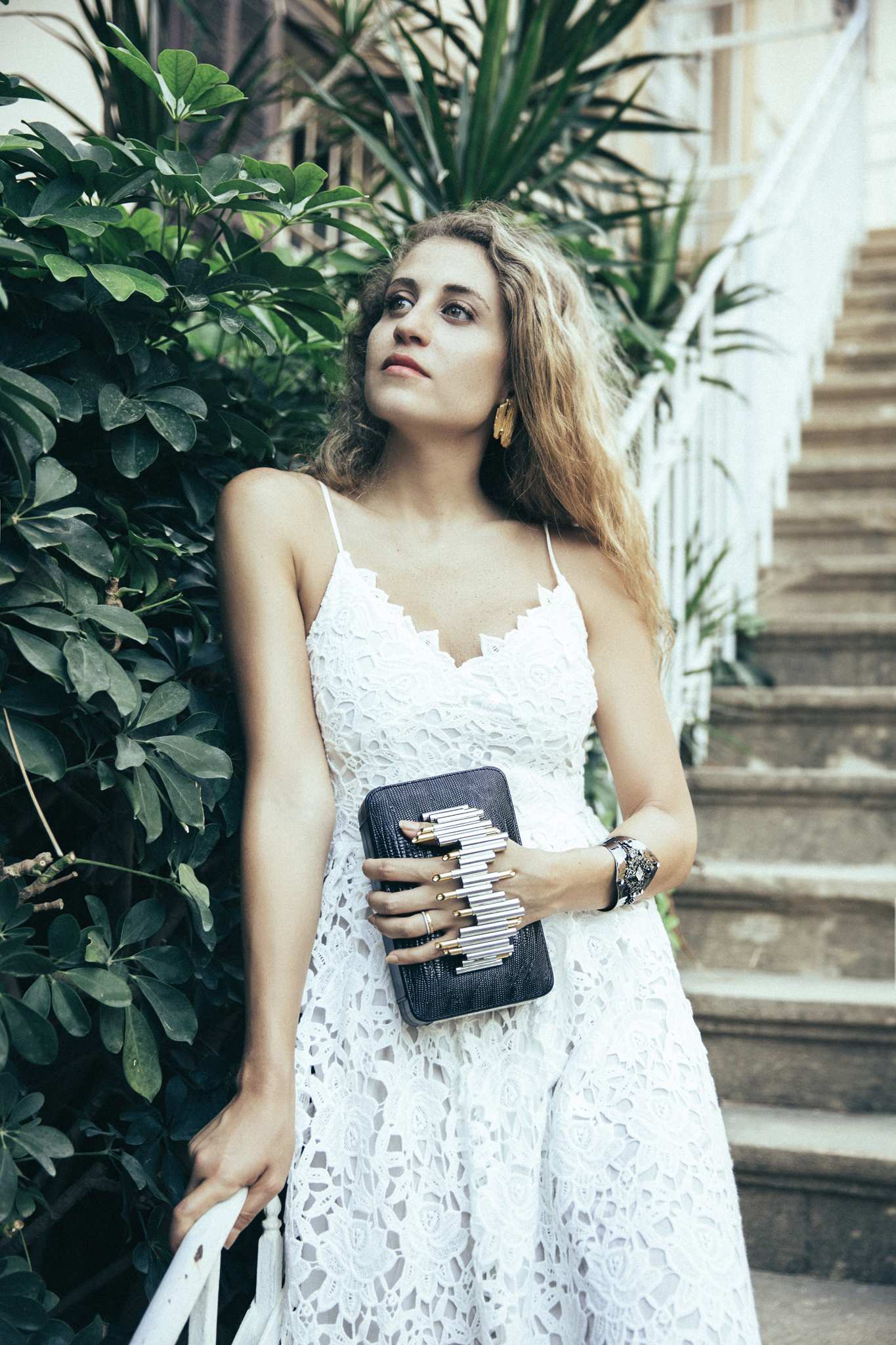
Instead of trying to conform to her own culture, Ghalayini decided to fuse the knowledge attained from the different cultures she has encountered throughout her journey, and to weave them together in the form of a novel, universal design.
Paradoxically, her vision for the label came when she felt least empowered.
“In a region bombarded by chaos, I felt hopeless for not being able to fix or contribute positively to the circumstances I was surrounded by. Then one day, I came to the realization that I could do something beneficial with the tools I have,” Ghalayini said.
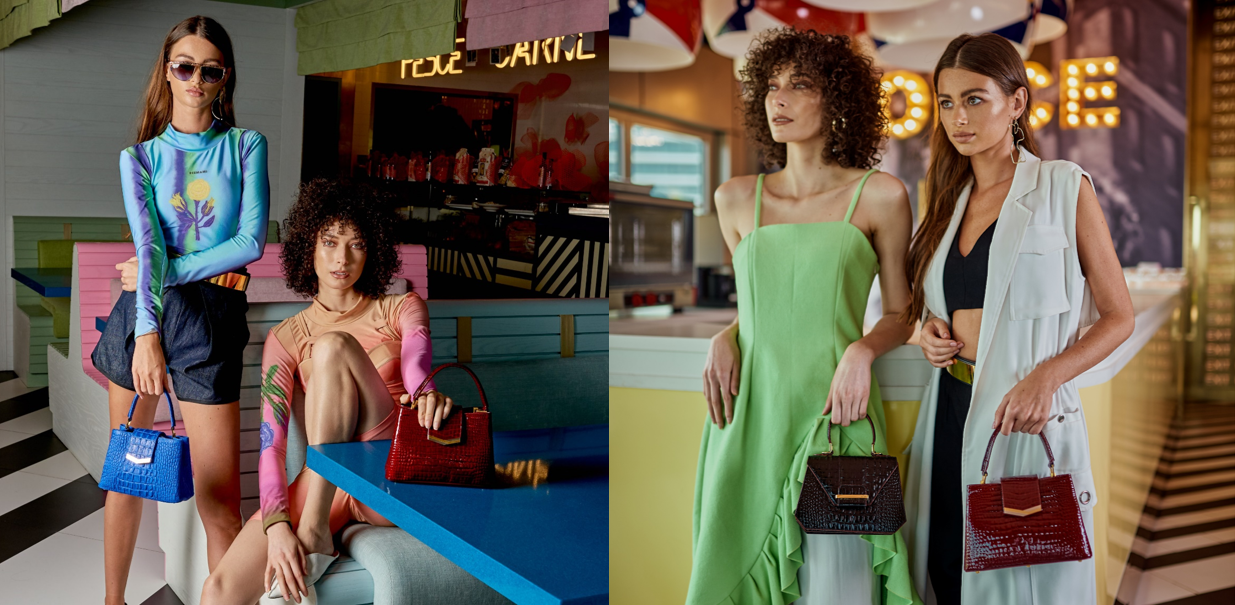
She decided to use the international popularity she had attained through her handbags to create a positive image of Lebanon. To do so, Ghalayini focused on the preservation of her country’s artisanship by taking on local craftsmen whose jobs were in danger.
“I decided to contribute on a small scale today, but with the hope of being able to contribute to our traditional crafts in the long term. Today all my handbags are handmade and produced by Lebanese craftsmen using traditional crafts, which are being overshadowed by cheap commercialized fashion,” she explained.
In the re-launch of her brand, Ghalayini decided use crowdfunding to heighten her credibility as an entrepreneur regarding the brand’s potential.
“By giving investors a share of the company, I gained people who had a mutual interest in accelerating the growth of the business I am in and, parallel to that, it helped to emphasize the modified purpose and identity of the company in terms of dissociating it from the previous label,” Ghalayini said.
Sold in more than 30 countries over four continents, Ghalayini has most recently launched her collection on Japan airlines.
The combination of leather with silhouettes of geometric designs featuring Oriental and Arabesque latticework has been very popular, both in the Middle East and in Japan.
This exhibits Ghalayini’s success in integrating Lebanese craftsmanship and the modernized use of traditional arabesque designs to cater for an international market.
